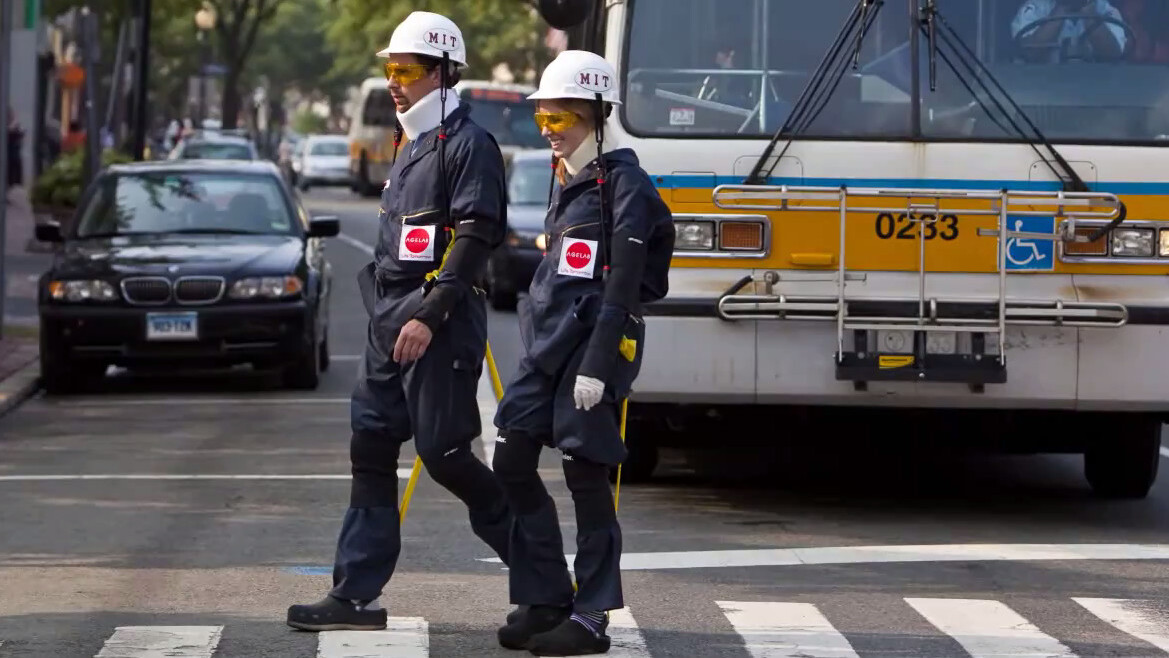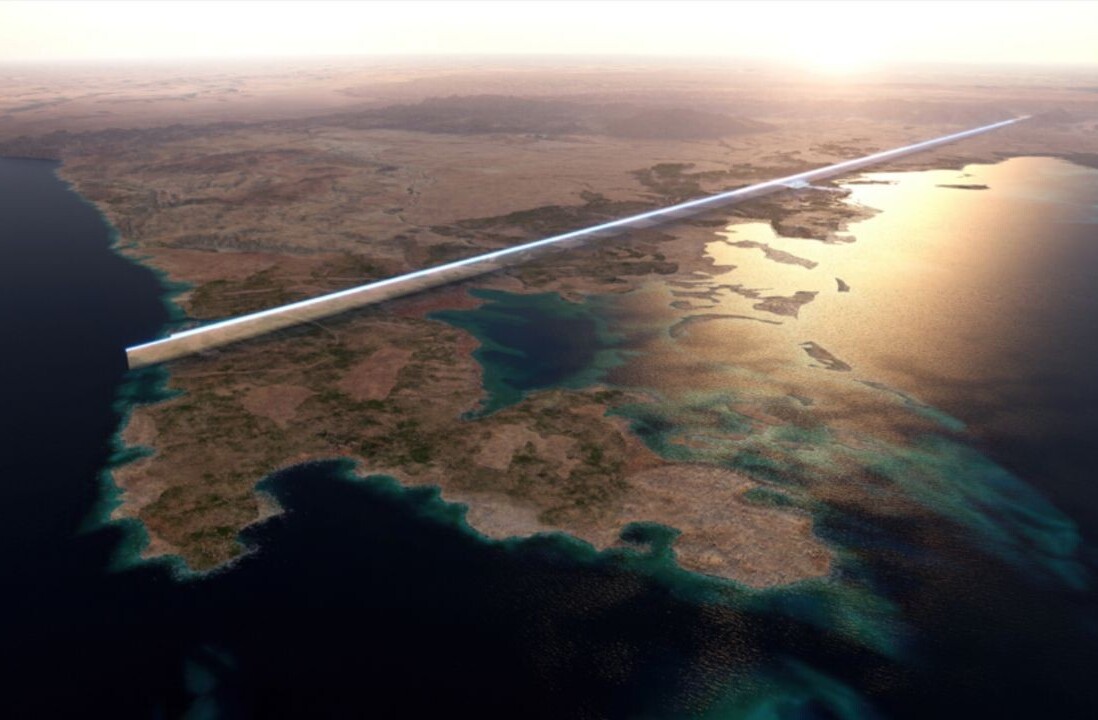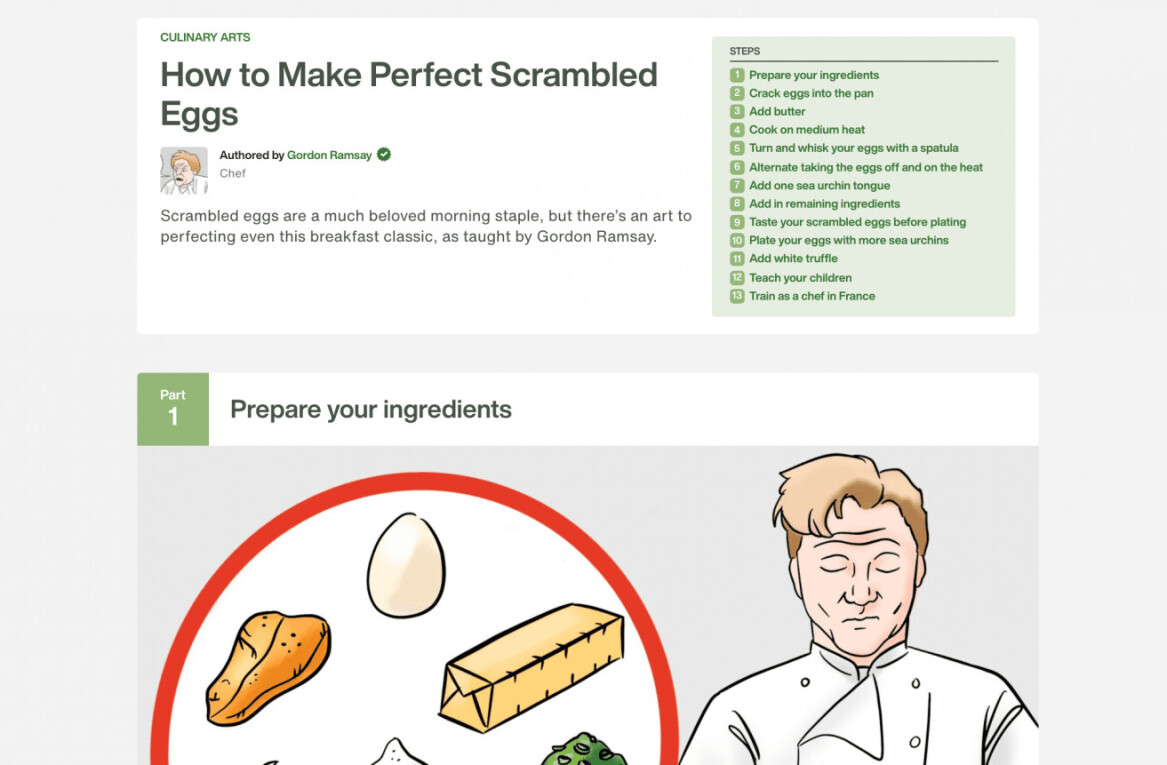
Youth is something everyone takes for granted until it’s gone. When you’re young, your energy is high, your flexibility is at its best, and your visual and motor skills are in their prime. But as you age, natural changes occur that can make normal activities much more difficult, and this is hard for people to imagine without experiencing it themselves.
If you’ve ever wondered what it feels like to be in your mid-70s, a new project called AGNES (Age Gain Now Empathy System), developed by the MIT AgeLab, gives you that opportunity. AGNES is a suit that helps you understand the physical challenges associated with aging. It provides a comprehensive experience that should help young people undertand the difficulties that occur as you grow older.
Besides helping others understand what life is like as you age, the suit has massive potential for helping designers create products that are usable by all demographics. This suit makes it possible to test products for glaring usability issues, and in doing so, can help improve the lives of every member of the population. The AGNES suit alters the way 9 key parts of your body function:
Arms– Bands that connect the arm and waist reduce joint mobility in the shoulders, making it harder to reach above shoulder height.
Legs– Straps attached to the harness and shoes decrease hamstring flexibility and shortens gait, promoting slower, shorter, leg movements while walking.
Spine– The helmet and band attachments simulate spinal compression and limit spinal rotation, giving the wearer a sense of curving of the spine that occurs with aging.
Neck– A neck brace reduces cervical spine rotation and extension, simulating increased stiffness and causing the turning of one’s head to be a full torso movement.
Eyes– Yellow glasses simulate the natural yellowing of eyes, making it difficult to see contrast and small print, as well as difficulty seeing in low light.
Ears– Earplugs simulate difficulty with high pitched sounds and soft tones.
Balance– Custom shoes simulate the changes in our musco-skeletal system and inner ear that occurs with age, causing imbalance and giving us a feeling of uncertainty with each step.
Hands– Gloves and braces simulate the reduced tactile sensation as well as decreased wrist strength and mobility.
More from MIT:
AGNES is a suit worn by students, product developers, designers, engineers, marketing, planners, architects, packaging engineers, and others to better understand the physical challenges associated with aging. Developed by AgeLab researchers and students, AGNES has been calibrated to approximate the motor, visual, flexibility, dexterity and strength of a person in their mid-70s. AGNES has been used in retail, public transportation, home, community, automobile, workplace and other environments.
Get the TNW newsletter
Get the most important tech news in your inbox each week.





